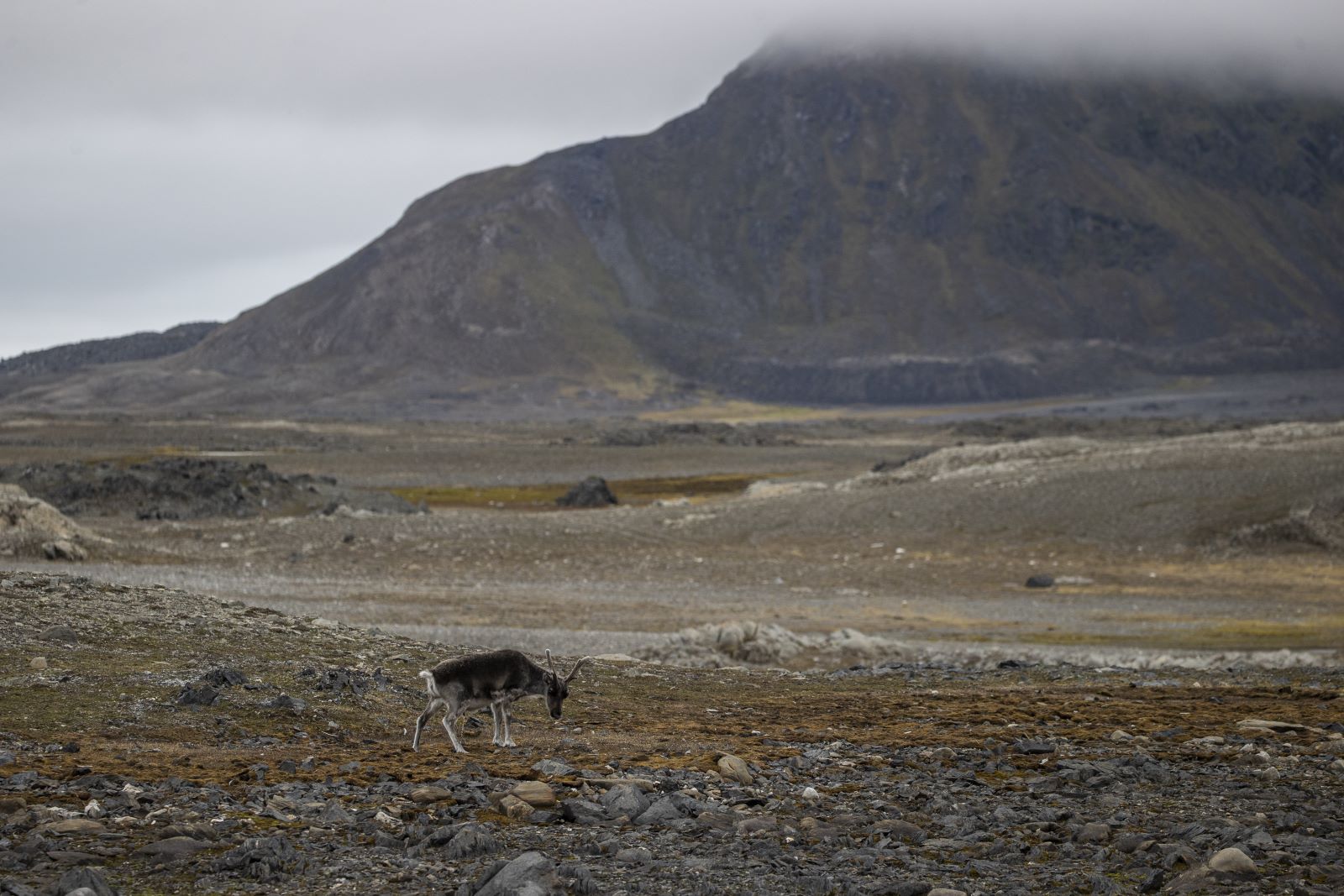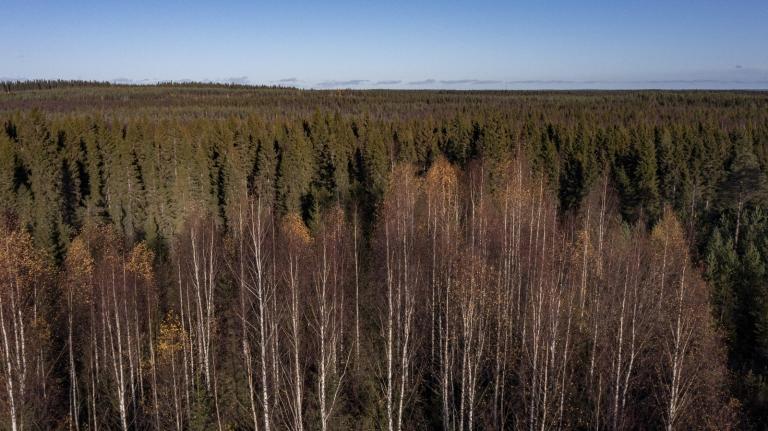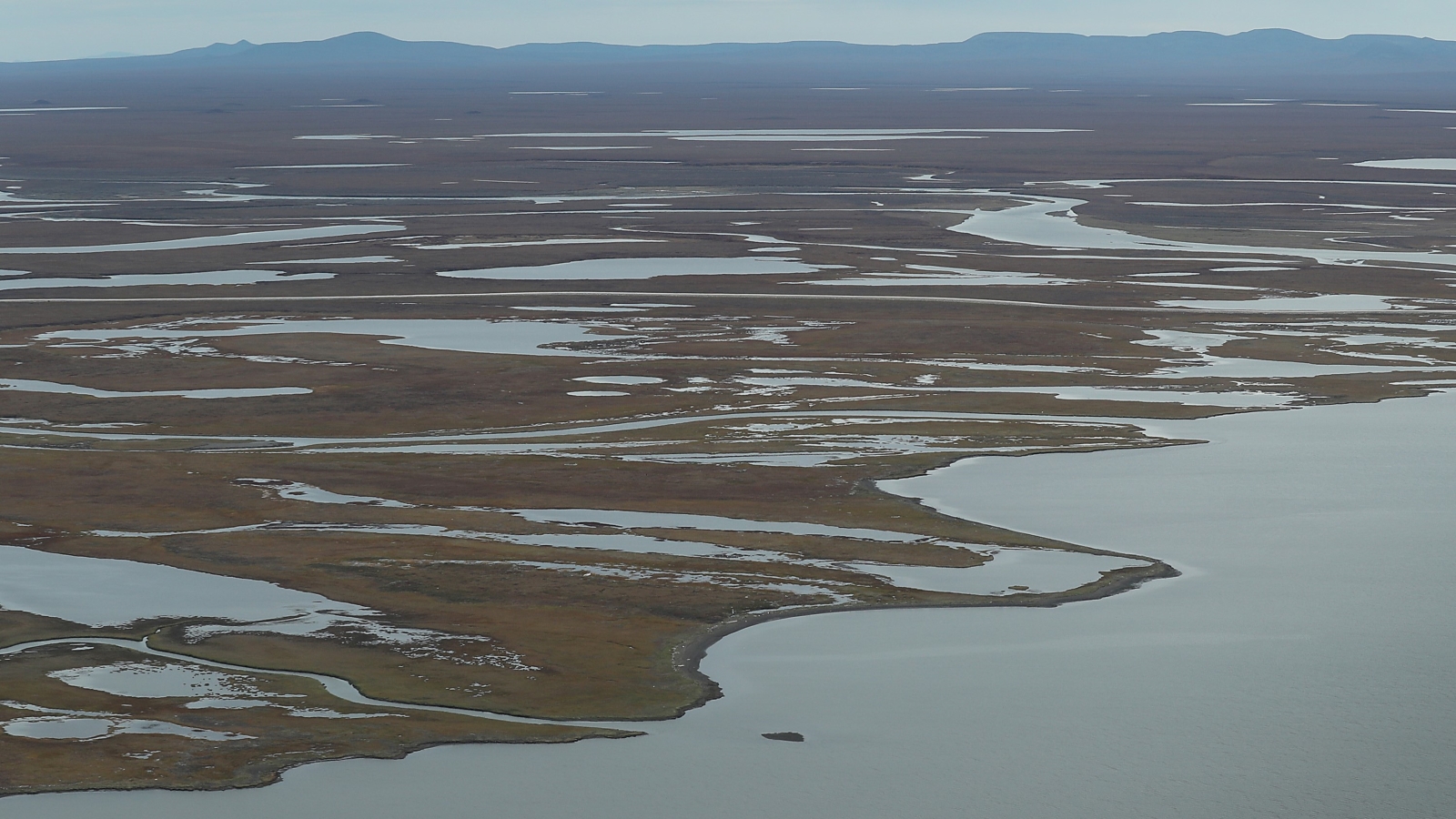The last nine years have been the warmest ever recorded in the Arctic Circle, and this year saw a number of new milestones in the region: It was the rainiest summer on record, and plant life bloomed across the tundra at a near-record pace.
As the Arctic reacts to the planet-warming gases that humans have pumped into the atmosphere, the region is swiftly transforming and entering what scientists call a “new regime.” That’s one of the findings of this year’s Arctic Report Card, a document published by the U.S. government’s National Oceanic and Atmospheric Administration, which shows how wildfires and thawing permafrost have turned the region into a net source of carbon emissions for the first time.
“The Arctic of today is vastly different from the Arctic of decades ago,” said Twila Moon, deputy lead scientist at the National Snow and Ice Data Center and lead editor of the report, which is the work of 97 scientists across 11 countries and has been published annually for nearly two decades. “Changes that happen in the Arctic have a direct influence on those of us far away from it.”
One of the ways that a rapidly warming Arctic affects the rest of the world is by releasing potent greenhouse gases of its own. As permafrost — Arctic soil that typically remains frozen year-round — begins to thaw, ancient plant matter that was packed into that ground begins to decompose, releasing methane and carbon dioxide. This year, wildfires raging across the tundra also added to the region’s emissions total by further melting the permafrost and sending the grassy landscape up in smoke. Since 2003, these wildfires have released 207 million metric tons of carbon into the atmosphere.
“When we put that all together, what we found is that the tundra region has shifted from a carbon sink, which it has been for many thousands of years,” said Susan Natali, an Arctic ecologist at the Woodwell Climate Research Center who contributed to the report. “Our Earth systems aren’t taking up and storing carbon as they used to, and this is something that we need to account for.”
Scientists have observed that, under the right conditions, thawed permafrost can refreeze and return to being a carbon sink. But considering the acceleration of Arctic wildfires and warming temperatures, researchers like Natali question whether the permafrost will be able to recover.

“We have to now think of the Arctic as essentially another country emitting heat-trapping gases,” said Moon. She added that these changes will affect people who live in the region, too. Thawing permafrost, for example, comes with the risk that the ground will collapse, destroying homes and infrastructure.
But for outsiders, the region is in many ways becoming more accessible as it warms. This summer, large container ships took previously impassable routes through the Arctic Ocean, thanks to low levels of sea ice. According to the Arctic Report Card, this September saw the sixth lowest amount of sea ice ever recorded, which also carries consequences for the climate: When that frozen white surface is no longer there to bounce the sun’s energy away from Earth, the heat gets absorbed by our oceans instead — warming them up, and making it harder to refreeze.
Recent record-high air temperatures created a similar feedback loop. As the air warms up, it holds more water vapor, which in turn traps more heat.
“It’s another one of these vicious amplifying cycles that’s adding heat to the Arctic more rapidly,” Moon said. And all the extra moisture in the atmosphere brings heavy rains instead of snow, which can cause flooding.
As the Arctic warms, it also gets greener. In a process known as shrubification, thawing permafrost makes way for new plant life to spread across the land. According to the report, scientists observed the second most potent Arctic greening event on record this year. These plants suck up carbon as they grow, partially offsetting the emissions released by wildfires and the thawed soil.
But according to Moon, the new shrubs are also crowding out the lichens that serve as the primary food source for the tundra’s migratory caribou. And as more rain falls instead of snow, it creates a layer of ice over the ground, blocking the caribou from grazing. The report, which included a chapter about these native Arctic mammals, says their populations have declined by 65 percent — a worrying trend for Indigenous groups that depend on the herds as a natural resource.
“Sometimes it doesn’t seem so concrete for people to think about carbon dioxide and methane,” Natali says. “But these are very concrete and real changes that have been happening over the past decades. People are impacted and dealing with these changes every day of their life.”




